12 Cool Cybersecurity Products And Services In 2022
From Huntress’s EDR offering to the new Tenable One platform, cybersecurity companies, both big and small, are churning out new products to meet escalating demand.

The markets may be nervous about the state of the economy, but cybersecurity companies keep barreling ahead.
Now in the fourth quarter of 2022, investors continue to pour billions of dollars into the cybersecurity sector, though maybe not at the red-hot rate of last year’s investment pace.
And security companies, both big and small, established vendors and startups, keep announcing new products, services, strategic partnerships and policies - all aimed at improving security for customers amid escalating cyberattacks by individual hackers or nation-state intruders.
As part of CRN’s Cybersecurity Week 2022, here are some of the most cutting-edge security products and services that companies have announced so far this year, with only three more months left in 2022.
* Huntress’s New EDR offering
* Tenable One Platform
* Acronis’s new DLP pack
* Secureworks Taegis – XDR
* Microsoft Adds To Defender Suite
* Fortinet’s FortiCNP
* Palo Alto Networks’ ‘Autonomous SOC
* Cisco’s Security Cloud
* Aqua Software Supply Chain Security
* Tufin Orchestration Suite R22-1
* Google’s Open-Source Security Software
* CrowdStrike’s Falcon Long Term Repository

Huntress’s New EDR Offering
Huntress, provider of a managed security platform aimed at small and mid-sized businesses, has been steadily adding to its products and services over the past 18 months with such features as external port monitoring, a managed antivirus offering and host isolation functionality.
In August, the Ellicott City, Md.-based Huntresss announced it was adding new managed endpoint detection and response (EDR) capabilities designed to thwart cybercriminals in their real-time tracks.
“These new EDR capabilities are the next step forward in delivering an end-to-end platform that helps protect businesses at every stage of the modern attack lifecycle,” Kyle Hanslovan, the company’s CEO, said in a statement.

Acronis’s New DLP Pack
Acronis, the Schaffhausen, Switzerland-based cybersecurity company, has been on a fundraising roll of late, attracting hundreds of millions of dollars in investments that have raised its valuation to $3.5 billion.
The firm hasn’t been sitting idly on its good furtune. In June, it unveiled its new Advanced Data Loss Prevention (DLP) pack for Acronis Cyber Protect Cloud. The company said the pack was a “game-changing solution that shields managed service providers (MSPs) and businesses of all sizes from data leakage.”
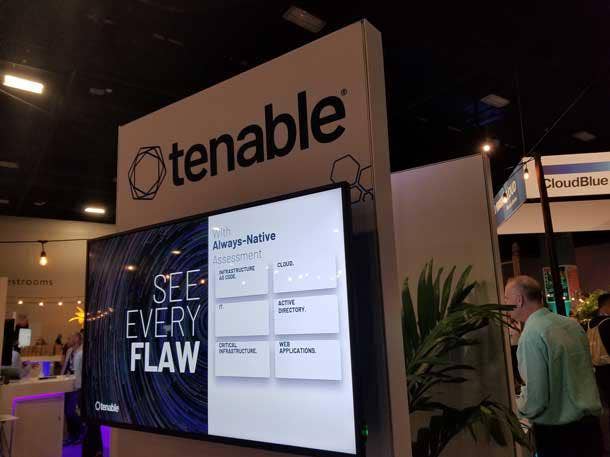
Tenable One Platform
Just this month, Tenable, the Columbia, Md.-based exposure management company, unveiled what it called a “revolutionary” new platform that provides a larger and more unified view of an organization’s total assets and potential vulnerabilities, allowing for faster and more accurate identification of threats.
The new platform: Tenable One, which the company says “delivers context-driven risk analytics so security teams can move from reactive firefighting to prevention.”
For channel players, Tenable CEO Amit Yoran told CRN that MSSPs in particular stand to gain the most from Tenable One, since its unique features make it an “an all-new revenue” source for them.
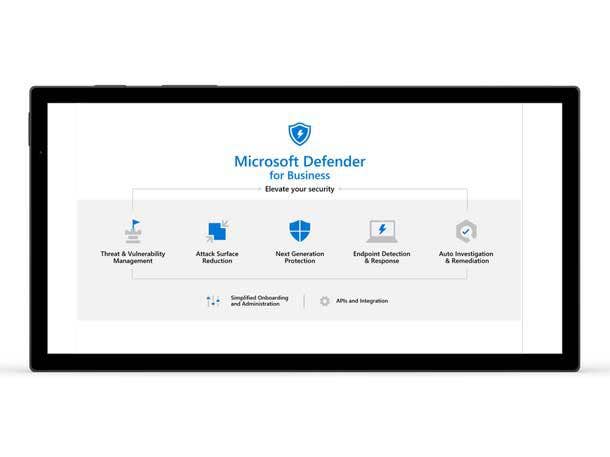
Microsoft Adds To Defender Suite
This is something some channel players are monitoring very carefully, i.e. Microsoft’s recent additions to its Defender Suite, such as this past summer’s debuting of new threat intelligence and attack surface management software.
The Redmond, Wash.-based software giant says channel players will be helped by the new threat intelligence and EASM (external attack surface management) solutions and shouldn’t view them as competition. But some channel players are not so sure.
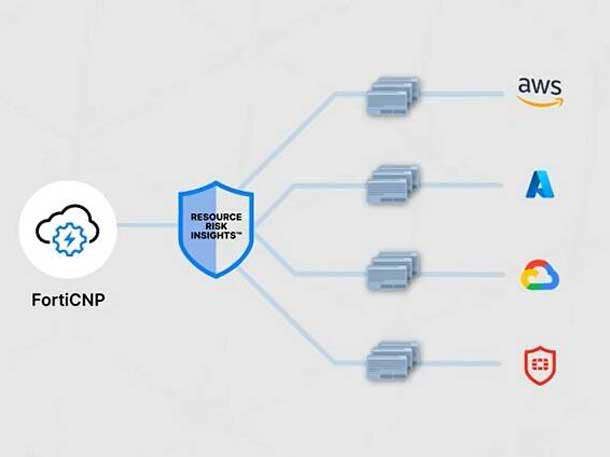
Fortinet’s FortiCNP
At the AWS re:inforce conference in Boston in July, Fortinet unveiled FortiCNP, which the firm described as an integrated security platform designed to simplify a company’s cloud adoption.
As CRN reported, the basic idea behind FortiCNP is to provide a single platform with potentially multiple numbers of security tools ultimately chosen by customers. ““It’s not just Fortinet for Fortinet,” Vince Hwang, senior director of cloud security at Fortinet, told CRN. “It’s whatever [tools] the customer wants, no matter what tools.”
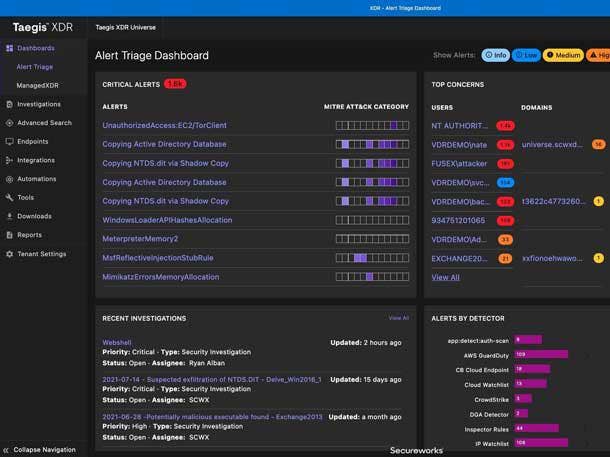
Secureworks Taegis (XDR)
Secureworks’s cloud-native extended detection and response (XDR) platform, Secureworks Taegis, is actually a few years old. But what’s new about it is its rapidly growing popularity as the Atlanta-based Secureworks tries to strategically transform itself into a largely SaaS solutions provider company.
Secureworks, which is majority-owned by Dell Technologies and best known as an MSSP services company, recently reported that annual recurring revenue for its Secureworks Taegis offering had jumped to $201 million in the second quarter, from $101 million during the same period a year ago. It’s an impressive feat.
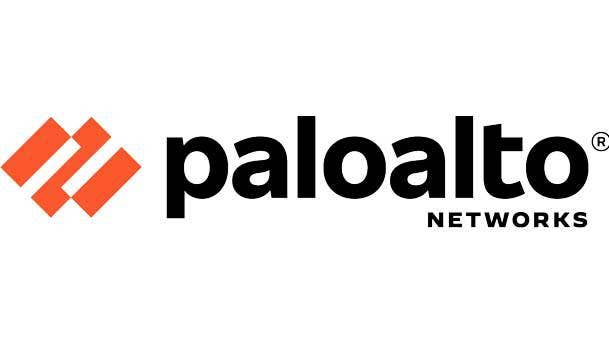
Palo Alto Networks’ ‘Autonomous SOC’
Nir Zuk, founder and CTO of Palo Alto Networks, isn’t resting on his technological laurels. Zuk’s latest tech innovation: A new “autonomous SOC” designed to make Security Operations Centers more efficient and less dependent on human beings.
Palo Alto Networks is already deploying the new cutting-edge autonomous-SOC technology. “This technology is happening right now,” Zuk told RSA audience members in June. “We’re building it. We’re running it.”
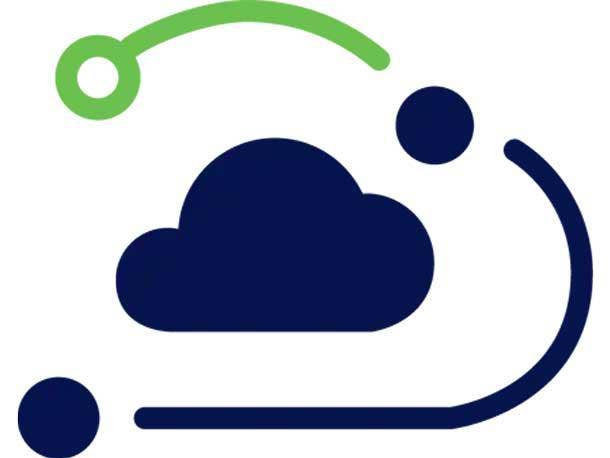
Cisco’s Security Cloud
It was highly anticipated – and Cisco ultimately came through.
In June, Cisco systems unveiled a new overarching security strategy that started with a unified, open-standards-based platform designed to ensure security across hybrid and multi-cloud environments.
In addition, Cisco also launched its second—and eagerly awaited—everything-as-a-service Cisco Plus offer for unified Secure Access Service Edge (SASE).
“It won’t happen overnight, but the vision we have is one Cisco Security Cloud that has networking services, security services, threat intelligence services, a unified policy engine, an open set of APIs and a common control tower for management that makes it easy for administrators to use,” Jeetu Patel, Cisco executive vice president and general manager of security and collaboration, told CRN.

Aqua Software Supply Chain Security
Aqua Security, a cloud-native security company based in Burlington, Mass., has been focusing of late on supply chain security matters, most recently launching an end-to-end solution aimed at stopping software supply-chain attacks.
Last year, Aqua Security acquired software supply chain security startup Argon to thwart development-stage threats.
“Cloud-native security opens up an opportunity to connect the development side with the runtime and do security better. We want to build a company that can solve a very big problem,” Aqua CEO Dror Davidoff told CRN at the time of its Argon takeover.
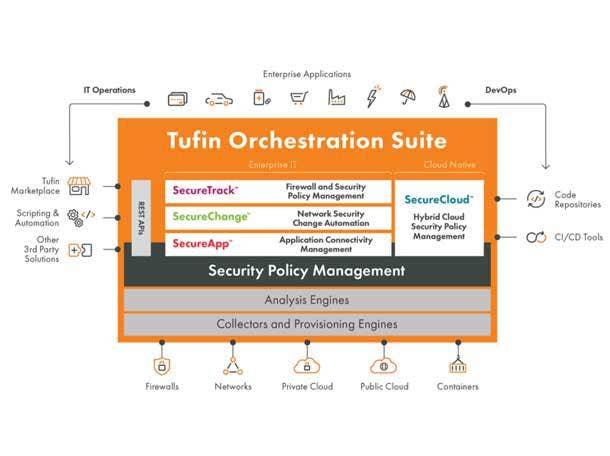
Tufin Orchestration Suite R22-1
Boston-based security policy management company Tufin recently announced it was expanding the firm’s capabilities for hybrid cloud environments via its new Tufin Orchestration Suite R22-1.
The announcement highlighted new capabilities such as reducing risk and increasing security and compliance across the hybrid environment.
“Our latest release is a testament to our belief that a centralized, automated security policy solution can deliver security with agility in a hybrid multi-cloud world,” a Tufin executive said in a statement.

Google’s Open-Source Security Software
This isn’t a new product per se. More like a new policy that hopefully leads to better and safer security products for a wide number of companies.
This past spring, Google Cloud announced it was making available to customers some of its own open-source security code that the Mountain View, Calif.-based tech giant says has already been tested and proven effective against cyberattacks. The release of its open-source code is part of a company pledge last summer to spend $10 billion to improve cybersecurity across the Internet.
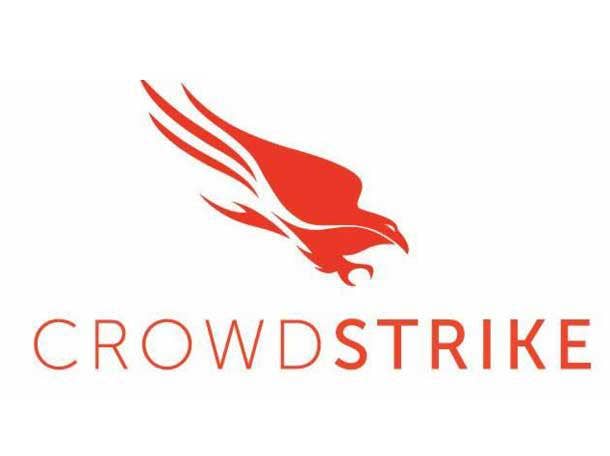
CrowdStrike’s Falcon Long Term Repository
CrowdStrike, a provider of cloud-delivered protection of endpoints, introduced ‘CrowdStrike’s Falcon Long Term Repository,’ which the company described as a new capability that “extends data retention of CrowdStrike Falcon telemetry for up to one year or longer, enhancing threat analytics and threat hunting abilities for organizations while helping them meet compliance requirements.”
“While the data available to threat hunters and incident responders grows at an exponential rate, they are routinely forced to reduce the duration they can store this information,” Michael Sentonas, chief technology officer at CrowdStrike, said in a statement. “[Falcon Long Term Repository] solves this problem by delivering scalable and cost-effective data retention that enables threat hunters and incident responders to look back and see if and when an adversary was active in an IT environment.”